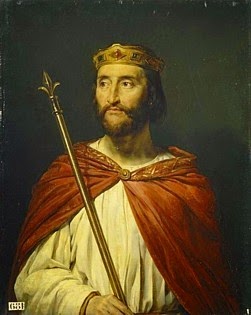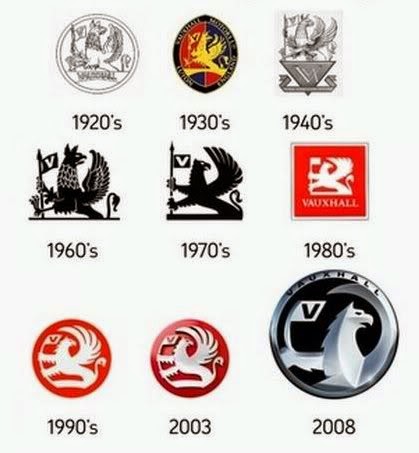 |
| Charles the Simple |
He was born 17 September 879, the third son of Louis the Stammerer (son of Charles the Bald) and Adelaide of Paris. His father died before Charles was born, and Charles might have succeeded him as king, but his cousin Charles the Fat was put on the throne by the nobility. When Charles the Fat was deposed in 887—he was increasingly seen as spineless after paying off the Vikings and showing little inclination to military solutions—the nobility again skipped over Charles in favor of Odo of Paris. Eventually, however, a faction within Francia decided that Charles the Simple should be made the rightful ruler; he was crowned king in 893, but only assumed the throne once Odo died in 898.
Charles negotiated with the Vikings whom Charles the Fat had paid off. In exchange for peace, he granted them lands on the continent. Their leader, Rollo, was baptized and married Charles' daughter, Gisela. Their heirs became the Dukes of Normandy, leading eventually to William the Conqueror.
Charles himself married (for the second time) to Eadgifu, a daughter of the English King Edward the Elder. Their son was the future King Louis IV of France.
The initial opposition to Charles was not due to the nickname. Although we translate Carolus Simplex as "Charles the Simple," the adjective has become...umm..."simplified" over time. When attached to Charles, it did not mean he was unintelligent; rather, that he was straightforward and direct, acting without subterfuge or guile.
But this quality did not endear him to everyone. Not everyone appreciated giving territory to the Vikings, or some of his other decisions. Odo's brother Robert became the fiscal point for revolt in 922, and Charles had to flee. Returning with a Norman army, he was defeated on 15 June 923, captured and imprisoned, where he died on 7 October 929. Eadgifu fled to England when the revolt took place, but her son Louis would return to become king of France in 936.
















